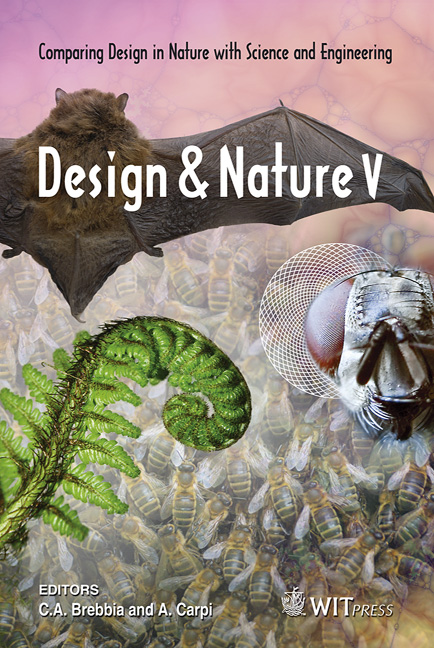Plant Movements As Concept Generators For Deployable Systems In Architecture
Price
Free (open access)
Transaction
Volume
138
Pages
7
Page Range
403 - 409
Published
2010
Size
3,129 kb
Paper DOI
10.2495/DN100351
Copyright
WIT Press
Author(s)
S. Poppinga, T. Masselter, J. Lienhard, S. Schleicher, J. Knippers & T. Speck
Abstract
Plants, apparently not capable of complex movements, have always fascinated scientists when proving the contrary. A multitude of movements in plants have been revealed, showing a broad spectrum of motion sequences and underlying principles. Interestingly, many of these movements show high elasticity and flexibility of the respective structures and allow reversible deformations. With the investigation of suitable biological role models and the use of new construction materials, such as fibre-reinforced polymers (FRPs), the authors are developing deployable technical structures without local hinges. In this presentation the first steps of the applied biomimetic working process are described: the selection of role models, investigation and basic abstraction of plant movements. An overall screening through the plant kingdom has led to a wide-ranged matrix comprising many different types of plant movements, which constitutes the basis for our investigations. We distinguish between autonomous and non-autonomous movements. Active autonomous movements are characterized by motor organs, e.g. pulvini driven by a change of turgor pressure. Passive autonomous movements occur due to changing physical circumstances, e.g. bending through desiccation. Non-autonomous movements are mostly reversible deformations caused by a release of stored elastic energy after an external trigger or by direct application of mechanical forces. In a case study we applied morphological and anatomical investigations on the valvular pollination
Keywords
plant movements, biomimetics, deployable structures, pliable structures, elastic deformation, architecture





